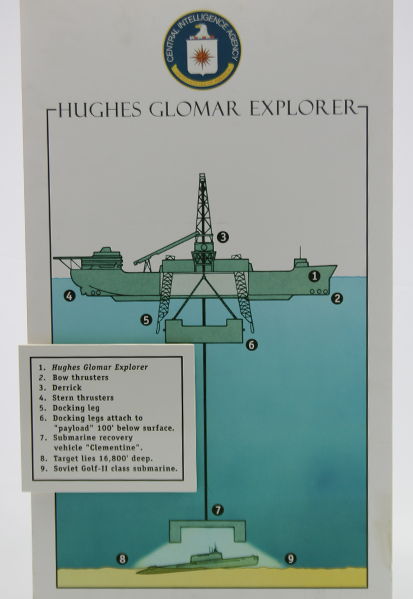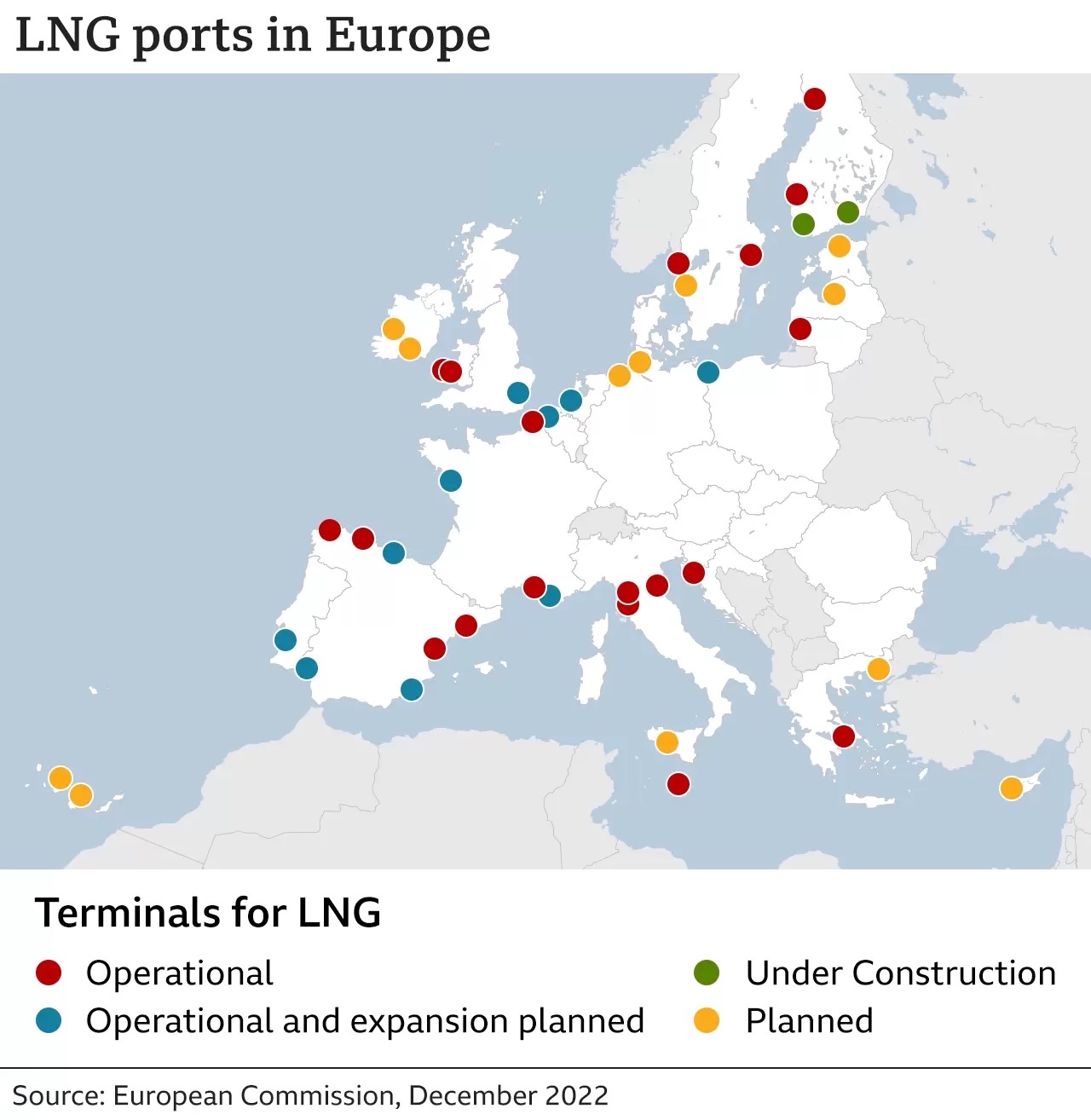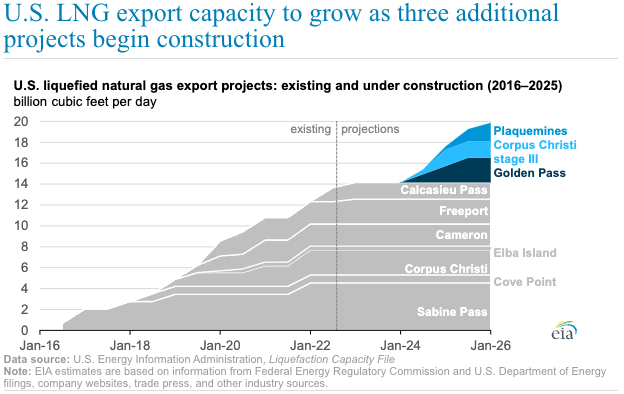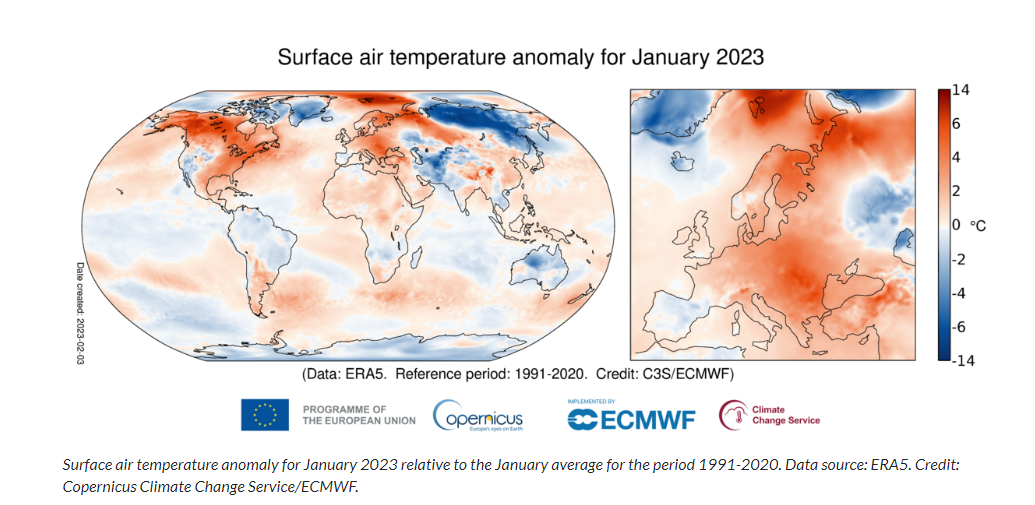Right now, U.S. gas prices are among the lowest in the world. But as America increasingly expands its LNG export infrastructure, U.S. natural gas prices will increasingly converge with much-higher international prices. And the companies that own low-cost gas reserves today will reap a windfall.

America’s Rise as a Natural Gas Superpower
CIA director William Colby sighed as he picked up the telephone.
It was March 1975, and Colby had a tiresome task in front of him: Call every major national news outlet and beg them not to publish a “top secret” story… that they all already knew.
Deep in the throes of the Cold War, America’s top intelligence agency had the clever idea to dredge up a sunken Soviet submarine to study its nuclear trappings.
One problem: the sub was three miles underwater off the coast of Hawaii.
How to retrieve it? Easy. Trap it in a huge globe of gas – imagine a really big soap bubble, and think of it underwater, with a submarine inside of it – and float it to the surface.
Naturally, that didn’t work. So instead, the CIA built a 618-foot ship outfitted with a giant claw underneath – like an arcade prize machine. The claw itself was codenamed “Clementine.”

The ungainly ship – launched under the pretense of deep-sea mining – was under construction for months. It was about as secret as Victoria’s Secret. And crack investigative journalist Seymour Hersh had a full expose ready to publish in the New York Times.
CIA Director Colby dutifully contacted news organizations in the know to tell them to keep quiet. As Time Magazine explained, “The Washington Post, NBC, ABC, Newsweek and the Washington Star all got wind of the project. In each case, after a call or visit from Colby there was a decision not to go ahead.”
Eventually, with reporters pointedly excluded from the launch, the “Hughes Glomar Explorer” set to sea, dragging its massive claw like a crippled, one-armed Tyrannosaurus Rex.
And after all that brouhaha… the mission was a New Coke-level flop.
About halfway through the initial recovery operation, one of the grabber arms on the giant claw broke – and much of the just-retrieved Soviet sub sank back to the ocean floor. In the end, the CIA only recovered about 40 feet of the 300-foot vessel…along with the remains of six Soviet soldiers, whom they immediately buried again…at sea.
Hersh later released his story anyway (and went on to become a Pulitzer Prize-winning journalist over a fifty-year career). And the CIA added another entry to its long list of botched cover-ups – compounded by a botched operation in the first place.
The U.S. government has never been good at keeping secrets.
For a more recent example… take the Nord Stream pipeline.
Officially… on September 26, 2022, Russia blew up the pipeline that’s the major artery for transporting natural gas from its fields in Siberia and elsewhere, into western Europe.
“Russia is opening a new front on its energy war against Europe,” squawked the Washington Post.

“First, it (Russia) weaponized gas supply, halting shipments, including via the Nord Stream pipeline. Now, it may be attacking the energy infrastructure it once used to ship its energy,” the paper continued.
Following the bombing, President Biden (always a bastion of clear-headedness) announced he was working with U.S. allies to “get to the bottom of exactly – precisely what happened.” Never mind that it didn’t make sense for Russia to slit its own throat – that is, to blow up the vehicle of a major source of revenue.
Less than five months later, the real story came to light. (By comparison, Colby got the mainstream media to sit on the “claw ship” story for more than a year.) And, funnily enough, it was Seymour Hersh who broke the Nord Stream story, too.
Seymour, now 85, published a bombshell report on the Substack platform on February 8.
He claimed that the U.S. Navy, under authorization from President Biden, carried out the Nord Stream attack… not Russia.
Hersh reported that the attack was planned in December 2021 – three months before Russia launched its invasion into Ukraine. In June 2022, Hersh said, during a military training exercise, U.S. Navy divers planted remote-controlled explosives on three of the four Nord Stream pipelines. The bombs were remotely detonated three months later.
If Hersh’s reporting is accurate – and a lifetime of prize-winning exposes under his belt, including Watergate, suggest he’s rarely incorrect – the reality is that America was purposely weaponizing global energy markets. What’s more, it suggests that the U.S. was planning this energy war well before Russia invaded Ukraine, in February 2022. And the Nord Stream blowing up was just another example of misdirection (if not downright lying) by Uncle Sam.
What this means is that Cold War 2.0 is here – and global energy markets are the battlefield. America wants to replace Russian gas supplies to Europe with American shale gas, through liquefied natural gas (LNG) exports… and won’t let anything get in the way.
This reinforces one of the most important investment themes of the next decade.
America’s Rise as a Natural Gas Superpower
Before Russia invaded Ukraine in February 2022, the European Union relied on Russia for about 45% of its natural gas. After the geopolitical flareup between Russia and the West, the EU announced plans to stop using Russian gas by 2030.
As we’ve written before, this means Europe will need to source its energy somewhere else… and that’s where American LNG (liquefied natural gas) comes in.
The map below shows more than a dozen new LNG import terminals planned or under construction across the European continent, as of December 2022:

America has the export facilities – and the plentiful shale gas reserves – to feed those import terminals over the next decade. The U.S. is the leading supplier of LNG to Europe, with U.S. LNG shipments to Europe surging by more than 137% in 2022 versus 2021.
And over the next three years, a series of new LNG export facilities will boost U.S. LNG exports by roughly 40%, from 14 billion cubic feet per day (Bcf/d) of capacity today to 20 Bcf/d by 2026.

Moreover, a second wave of 15 U.S. export projects is officially approved and waiting on funding. These new facilities represent a combined export capacity of approximately 19 Bcf/d, or nearly 50% more than current U.S. export volumes, and we expect many of them to come online by the second half of the decade
Tellurian’s Driftwood LNG terminal is one of these projects. Although the company has faced challenges securing financing for its project, the scramble to lock in low-cost U.S. LNG supplies gives us confidence that a deal will eventually get struck.
Looking beyond Europe, American LNG remains in high demand across major Asian economies, including Japan, China and India…
Earlier this month, Indian Prime Minister Narendra Modi announced plans to increase the country’s share of natural gas for power generation from 6% today to 15% by 2030, by increasing its LNG imports. Indian LNG importers are now in the market for long-term contracts, and we expect other countries will follow their lead. Research from energy consulting firm Wood Mackenzie projects that the global LNG market will tighten by 2026, and grow increasingly tighter through 2033.
Tellurian is in talks to pick up some of those very contracts. (See the Portfolio Update below.)
Right now, U.S. gas prices are among the lowest in the world. But as America increasingly expands its LNG export infrastructure, U.S. natural gas prices will increasingly converge with much-higher international prices. And the companies that own low-cost gas reserves today will reap a windfall.
The bottom line: the stage is set for a supercycle in U.S. natural gas… for decades to come.
Despite this bullish backdrop in the long run, both European and American gas prices have recently fallen, thanks to a curveball from Mother Nature.
Gas Supercycle Delayed by Balmy Winter
Over the last six months, extraordinarily warm weather has crushed natural gas demand for heating around the globe. Following a mild autumn, a record-shattering heat wave swept across Europe at the end of December. This extreme end-of-year warmth capped off the hottest year on record in France, Spain, Ireland and the UK. The European continent as a whole registered its second-hottest year on record, going back to 1950.
New Year’s Day then set the tone for the rest of the month, when eight European countries broke new records for the hottest January 1 temperatures on record by wide margins. This was followed by above-average January temperatures – the single biggest month for gas heating demand – across the European continent. Meanwhile, the U.S. experienced its sixth- warmest January on record… concentrated in the heavily populated northeast, which is normally the highest-demand heating region.
The graphic below shows extreme warmth across much of the globe in January:

February is following a similar pattern, with continued extreme warmth across the globe. As a result, European gas inventories have ballooned to 66.5% of capacity, or 23.2 percentage points above the five-year average storage capacity for this time of year.
Adding a little molten chocolate to the hotcakes, the U.S.’s second-largest LNG terminal, Freeport, was shut down for months after an explosion at the facility last summer. With Freeport offline, gas demand for U.S. LNG exports fell by roughly 15% from July 2022 through January of this year.
The one-two punch of warm weather, and lost Freeport demand, flipped U.S. gas inventories from a 10% deficit in July 2022 to a 5% surplus today. This sent prices reeling from a 15-year high of $10 per million British thermal units (MMbtu) last August to a multi-year low below $2.50 MMBtu earlier this week.

Freeport will be fully operational again in just a few weeks. It cleared numerous regulatory hurdles to begin a partial restart, and on February 11, the facility loaded its first LNG shipment since the summer shutdown. That should help relieve today’s storage glut, by restoring roughly 2 Bcf/d of demand back onto the U.S. gas market.
But meanwhile, the warm weather continues – with high temperatures forecast through the rest of February. Absent meaningful cold showing up in the forecast, gas prices will likely remain low for the time being. And that positions us for a tremendous buying opportunity in top-tier U.S. gas companies, whose shares have sold off across the board… for 2024 and beyond.
This content is only available for paid members.
If you are interested in joining Porter & Co. either click the button below now or call our Customer Care team at 888-610-8895.